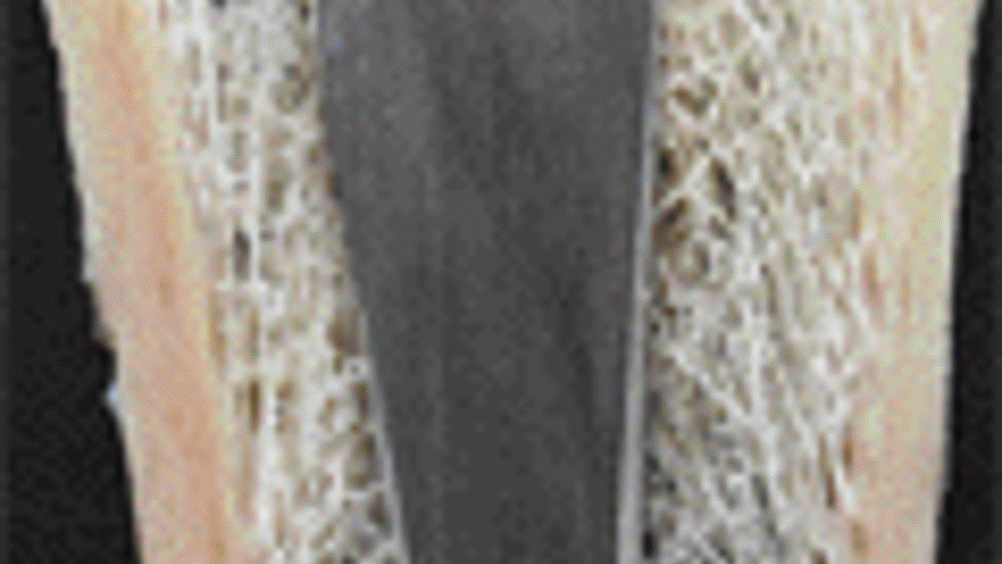Generating human bone
UCLA researchers have discovered and isolated a natural molecule that can be used to heal fractures and generate new bone growth.

By studying diseases in which the human body generates too much bone,
researchers have discovered and isolated a natural molecule that can be used to heal fractures and generate new bone growth in patients who lack it.
Bioengineering Professor Ben Wu at UCLA’s Henry Samueli School of Engineering and Applied Science, and Thomas R. Bales Professor Kang Ting at UCLA’s
According to a UCLA statement, the core technology developed by Wu and Ting is potentially the most significant advancement in bone regeneration since the discovery of bone morphogenetic proteins (BMPs) by Dr. Marshall Urist at UCLA in the 1960s.
“For the average person, this new development potentially means faster, more reliable bone healing with fewer side effects at a lower cost,” says Ting. “In more severe cases, such as in children born with congenital anomalies, the new protein may offer an advanced solution to repair cleft palates, which involves bone deficiencies, and also aid in repairing other bone defects such as fractures, spinal fusion and implant integration.”
Register now to continue reading
Thanks for visiting The Engineer. You’ve now reached your monthly limit of news stories. Register for free to unlock unlimited access to all of our news coverage, as well as premium content including opinion, in-depth features and special reports.
Benefits of registering
-
In-depth insights and coverage of key emerging trends
-
Unrestricted access to special reports throughout the year
-
Daily technology news delivered straight to your inbox










Water Sector Talent Exodus Could Cripple The Sector
Maybe if things are essential for the running of a country and we want to pay a fair price we should be running these utilities on a not for profit...